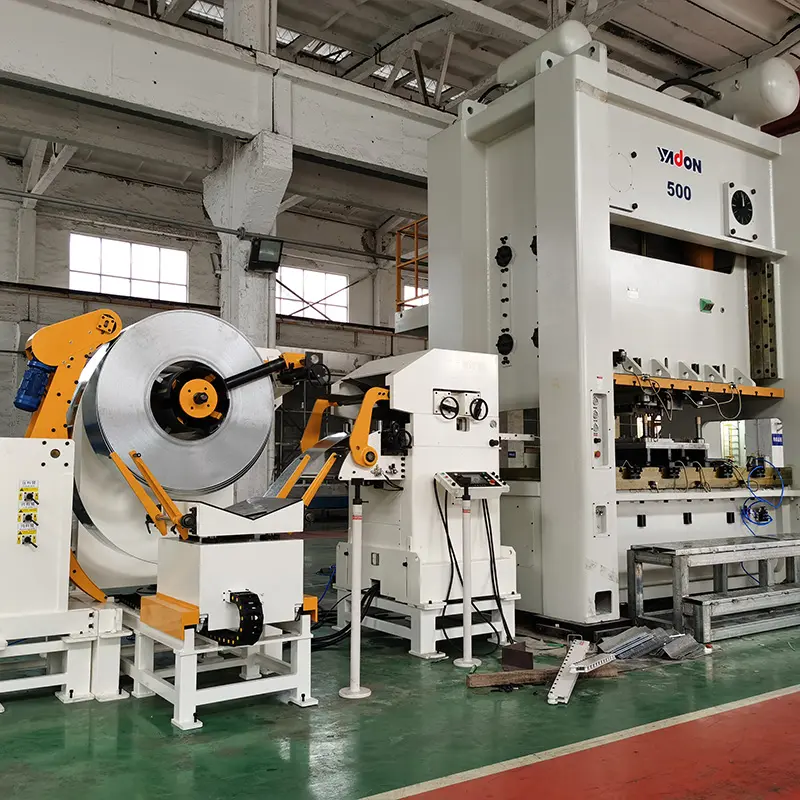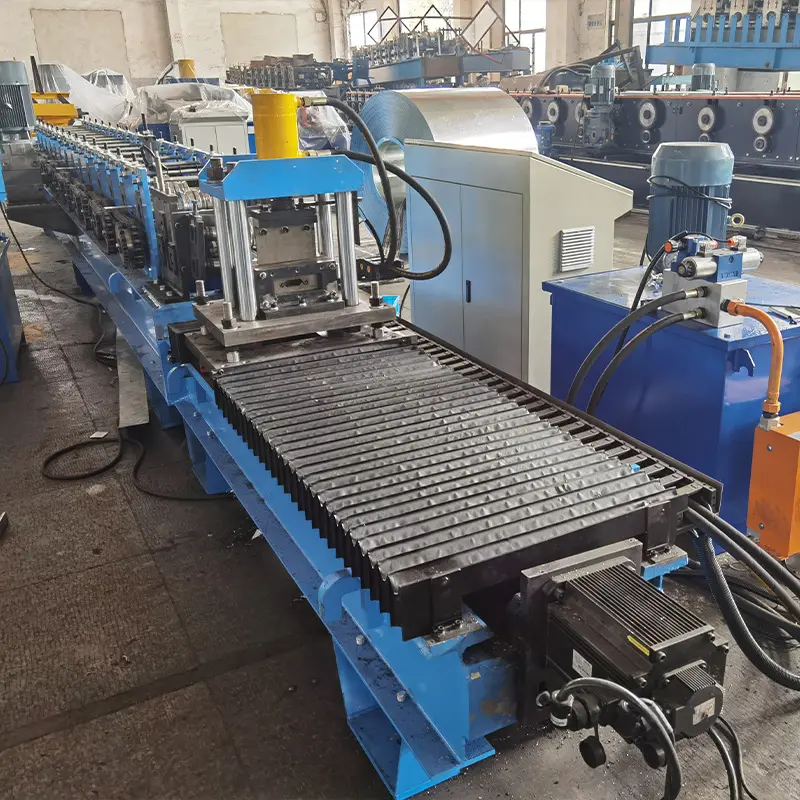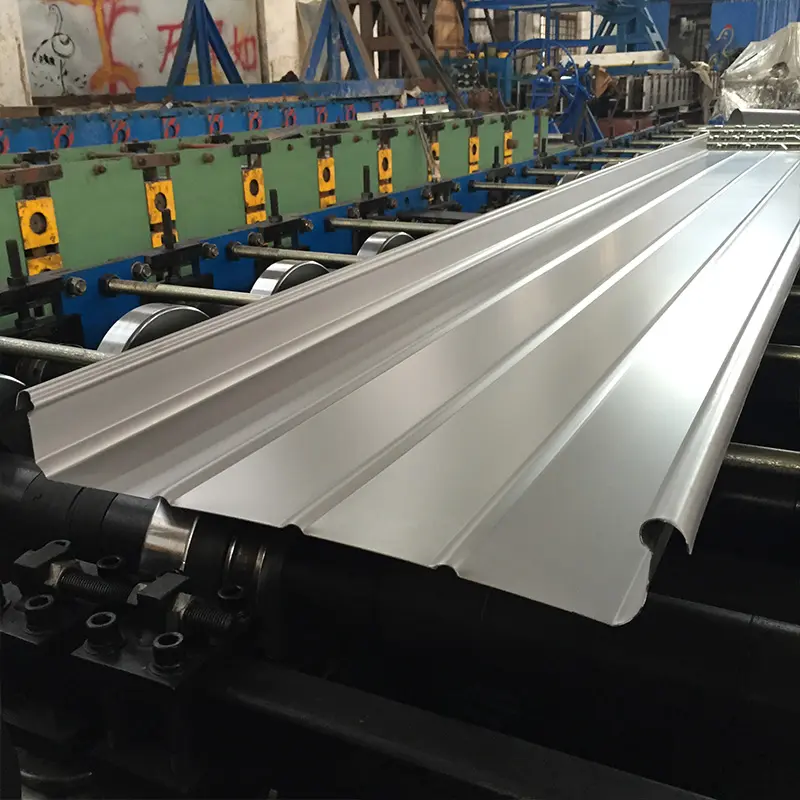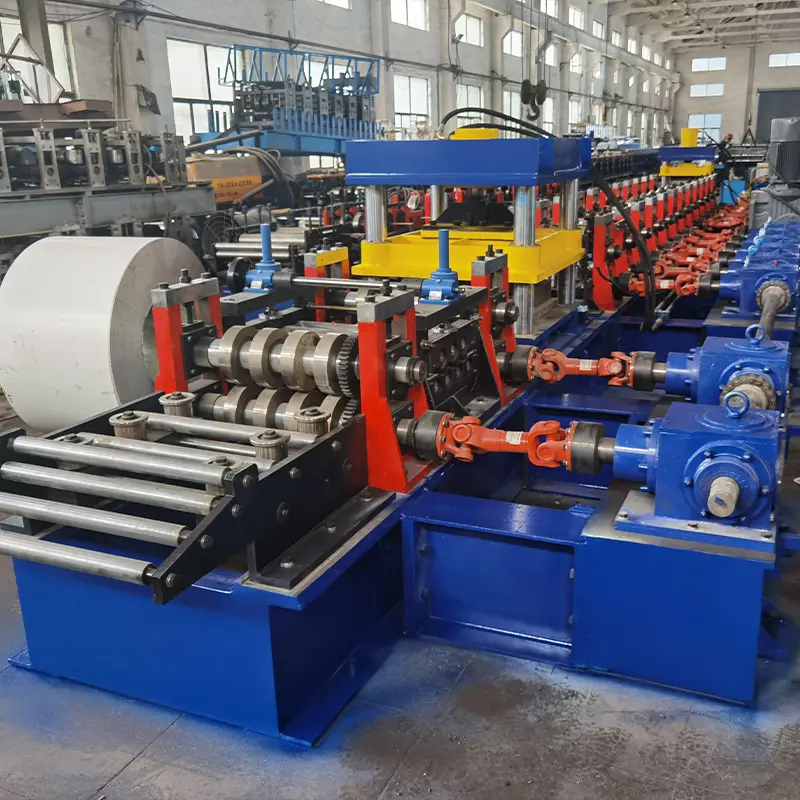In this article, we’re going to talk about how to choose the right roll forming machine & die for your project. There are a lot of factors that go into choosing the right equipment and machine for your project, but if you take the time to think through them, you’ll be able to make a more informed decision.
What is Roll Forming?
Roll forming is a process where metal is passed through a series of rollers to create a desired shape. The rollers gradually change the shape of the metal as it passes through them, until it reaches the final desired shape.
This process can be used to create a wide variety of shapes, including basic parts like brackets and beams, or more complex parts like specialty tubing. Roll forming machines can be customized to create almost any desired shape, making them an essential tool in many manufacturing processes.
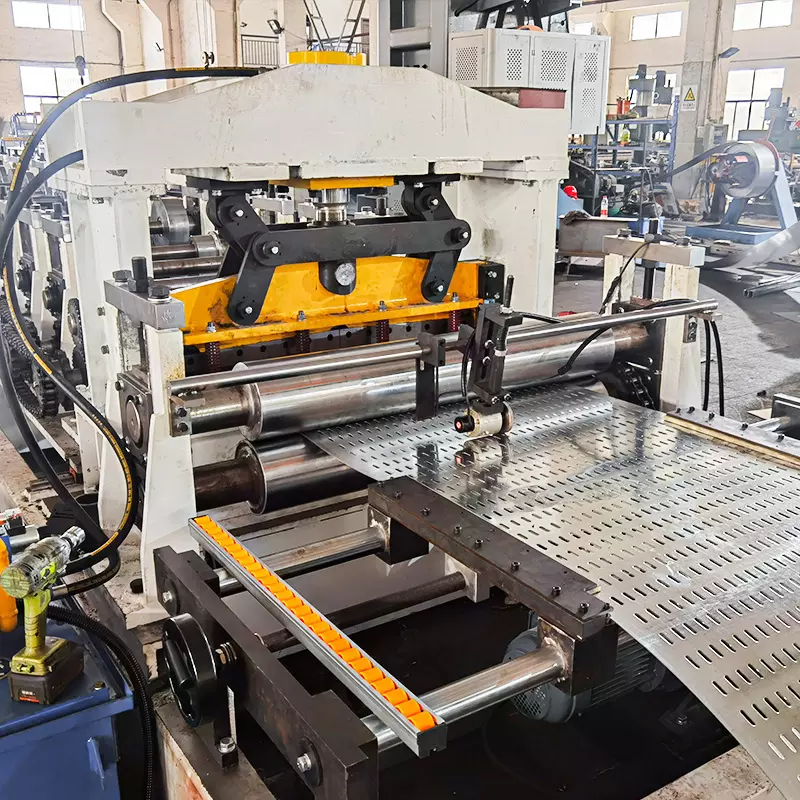
Types of Roll Forming Machines
There are many different types of roll forming machines and dies available on the market, so it’s important to choose the right one for your project. Here are some of the most common types of roll forming machines and their applications:
- Sheet Metal Roll Forming Machines: These machines are used to form sheet metal into various shapes and sizes. They can be used to create products such as panels, tubing, or even complex parts with multiple bends.
- Structural Steel Roll Forming Machines: These machines are used to form structural steel members such as beams, columns, or purlins. They can also be used to create custom parts for projects that require them.
- Wire Roll Forming Machines: These machines are used to form wire into various shapes and sizes. They can be used to create products such as fencing, cable trays, or even complex parts with multiple bends.
- Pipe Roll Forming Machines: These machines are used to form pipe into various shapes and sizes. They can be used to create products such as tubing, piping, or even complex parts with multiple bends.
- Die Cutting Roll Forming Machines: These machines are used to cut sheet metal or other materials into specific shapes using a die cutting process. This is often done for projects that require precision cuts or intricate designs.
-
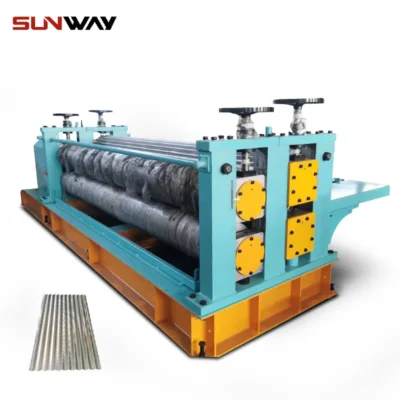 Barrel Corrugated Roll Forming Machine
Barrel Corrugated Roll Forming Machine -
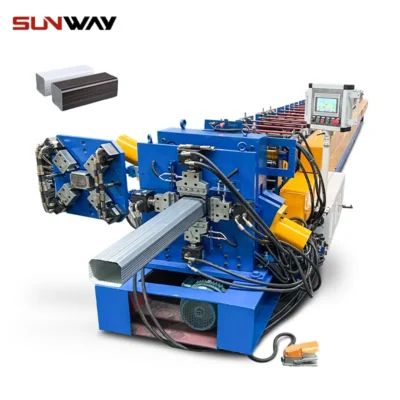 Downspout Pipe Roll Forming Machine
Downspout Pipe Roll Forming Machine -
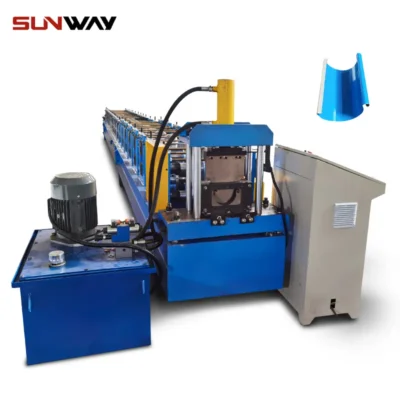 Gutter Roll Forming Machine
Gutter Roll Forming Machine -
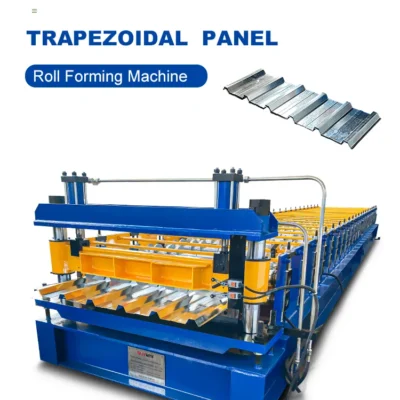 Trapezoidal Panel Roll Forming Machine
Trapezoidal Panel Roll Forming Machine -
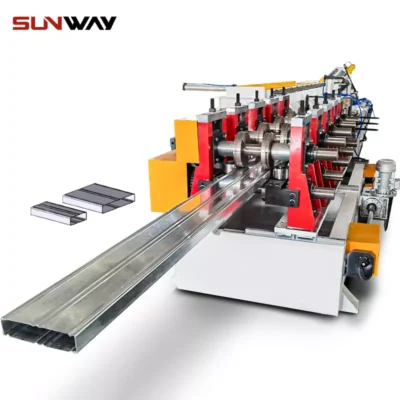 Box Beam Steel Roll Forming Machine For Shelf Column
Box Beam Steel Roll Forming Machine For Shelf Column -
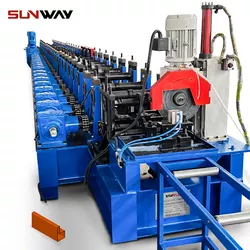 Pallet Racking Step Beam P Beam Roll Forming Machine
Pallet Racking Step Beam P Beam Roll Forming Machine -
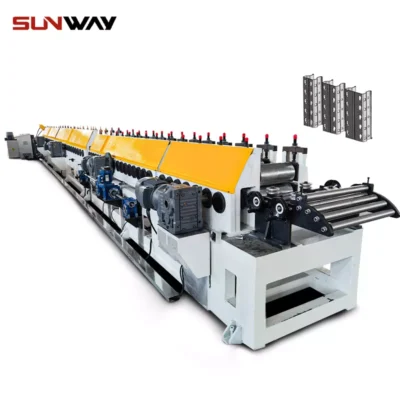 Warehouse Shelf Upright Roll Forming Machine
Warehouse Shelf Upright Roll Forming Machine -
 Electrical Cabinet Frame Roll Forming Machine
Electrical Cabinet Frame Roll Forming Machine -
 Din Rail Roll Forming Machine
Din Rail Roll Forming Machine
How Do I Choose the Right Roll Forming Die?
There are a few factors to consider when choosing the right roll forming die for your project. The first is the material you’ll be roll forming. Different materials require different dies. For example, softer materials like aluminum require a die with more give, while harder materials like steel require a die with less give.
The second factor to consider is the thickness of the material you’re roll forming. Thicker materials require more pressure to form, so they need a die with more strength. Dies are also available in different widths, so you’ll need to choose one that’s compatible with the width of your material.
Finally, you’ll need to decide on the type of finish you want for your product. Some dies create smooth finishes, while others create textured or patterned finishes. Choose the die that will give you the results you’re looking for.
Pros and Cons of a Roll Forming Machine
When you are looking for a roll forming machine, you will want to consider the pros and cons of each type of machine. There are three main types of roll forming machines: hydraulic, pneumatic, and electric. Each type has its own advantages and disadvantages that you should consider before making your final decision.
Hydraulic roll forming machines are the most expensive but offer the highest level of precision. Pneumatic machines are less expensive but can be more difficult to operate. Electric machines are the least expensive but may not offer as much precision as the other two types.
The main advantage of a hydraulic roll forming machine is that it offers the highest level of precision. This means that your finished product will be more accurate than with either a pneumatic or electric machine. Hydraulic machines are also much faster than either pneumatic or electric machines, so if speed is a factor in your decision, a hydraulic machine may be the best choice.
The main disadvantage of hydraulic roll forming machines is their cost. If price is a major consideration in your decision, an electric or pneumatic machine may be a better choice. Hydraulic machines can also be more difficult to operate than either pneumatic or electric machines.
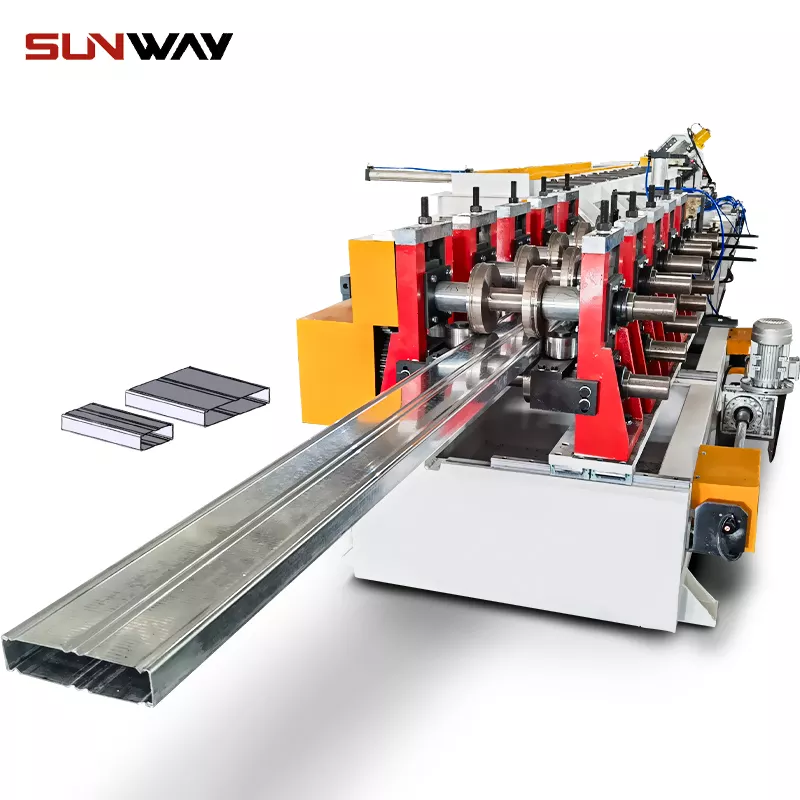
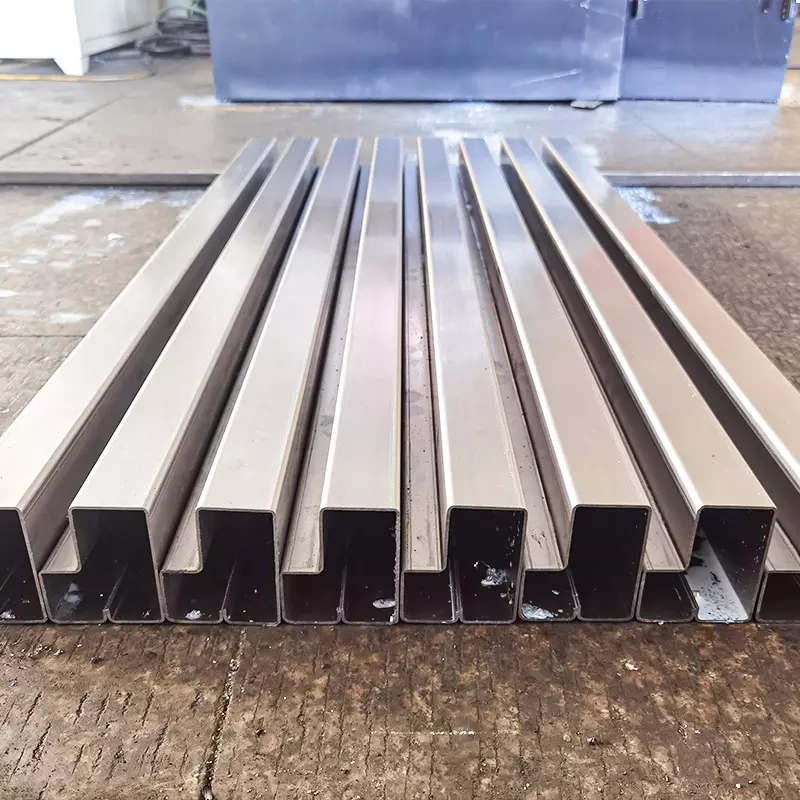
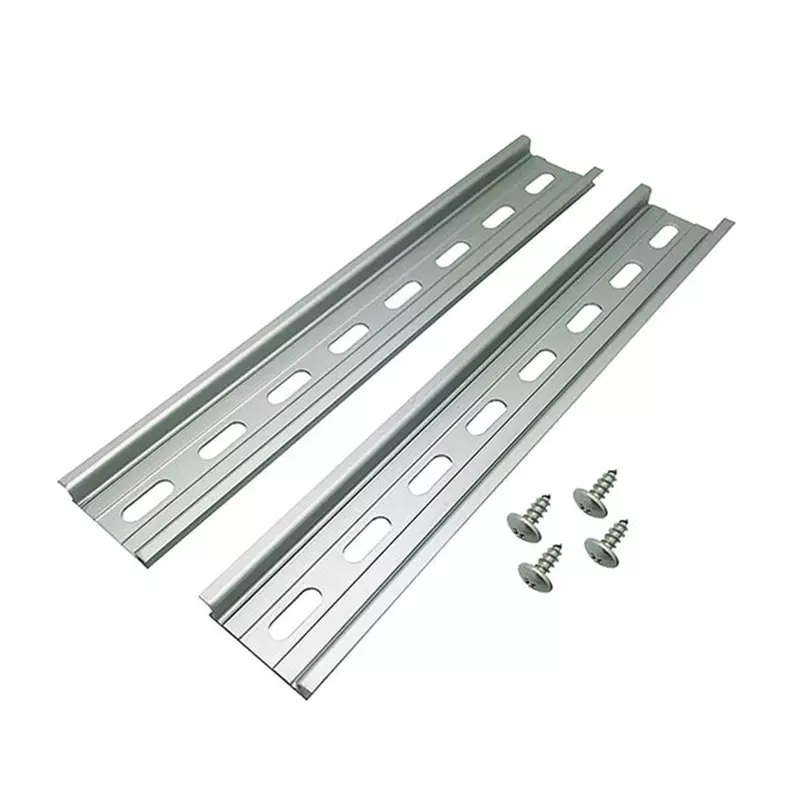
Where Can I Get Help Choosing a roll forming machine & die?
There are a few different ways that you can get help when choosing a roll forming machine & die for your project. One way is to consult with a professional roll forming company. These companies have experience in helping their clients choose the right machines and dies for their projects. They will be able to offer advice on the best type of roll forming machine & die for your project, based on the specific requirements of your project.
Another way to get help choosing a roll forming machine & die is to read online articles or books about roll forming. These resources can provide you with valuable information about the different types of roll forming machine & dies that are available, as well as tips on how to choose the right one for your project.
Finally, you can also talk to other people who have already purchased roll forming machines and dies. These people can offer their insights about what worked well for them and what didn’t. Talking to others who have gone through the process of choosing a roll forming machine & die can help you narrow down your options and make the best decision for your project.
Conclusion
We hope that this article has helped you understand how to choose the right roll forming machine & die for your project. There are a lot of factors to consider, but if you take the time to do your research, you’ll be able to find a machine that will meet your needs. If you have any questions, feel free to reach out to us and we’ll be happy to help.
FAQ
What is the difference between tooling and die?
In metal stamping, a tool can be almost any mechanical device used to cut, form, support, or mold metals. By that definition, jigs and fixtures are tools, as are drills and cutting blades. Dies, on the other hand, are only those tools that functionally change the shape of the metal.

